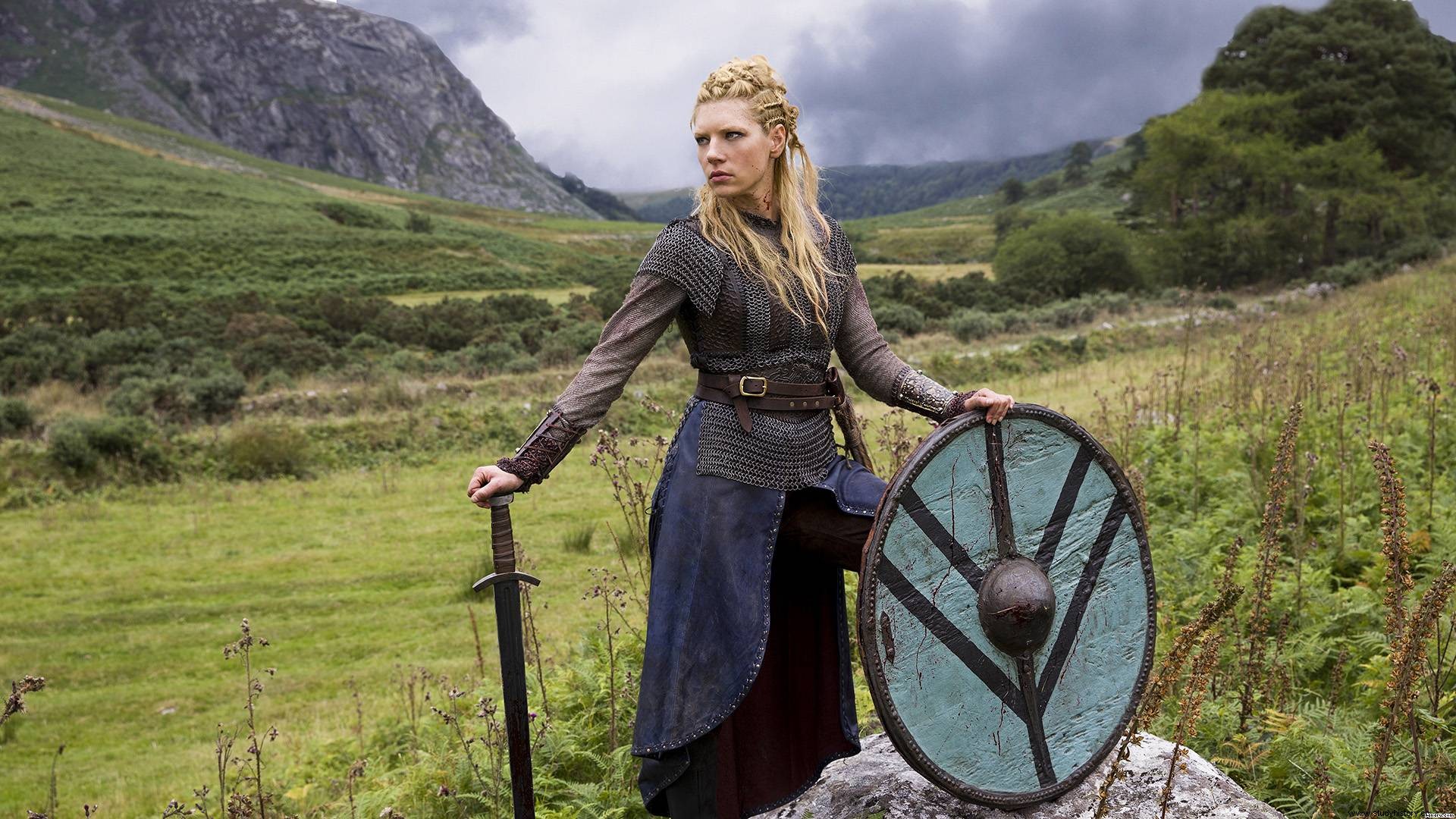During the 8th century, Europeans saw how narrow and long ships arrived at their shores, from those ships disembarked blond, tattooed, armed men…. and with hornless helmets. Who were these men and where did they come from? They were the Vikings , farmers and merchants from the Scandinavian territories who took to the sea in search of more fertile lands and a more benign climate (this is what living in a geographical area with harsh winters and difficult-to-cultivate land has to do with it). In their expeditions and raids, in which they traded as well as plundered, they reached the Black Sea, the Slavic coasts, England, Scotland, the Mediterranean, Constantinople and even sacked Seville in the 9th century during a rapid incursion across the Guadalquivir River on board of their drakkar -ship with a short keel and propelled by oars that allowed them to navigate both in the open sea and in rivers-. They created dukedoms and founded permanent settlements in Iceland or Greenland, and others that they later abandoned, such as those in Dublin or Newfoundland (present-day Canada).
These expeditions were carried out by the men, the women stayed in the towns taking care of the family, the farms and protecting the territories. Men valued women for this, because mismanagement of the farm could lead the family economy to disaster and famine. There were cases of women who did not stay at home and fought alongside the men, but it was not the general rule. One of these exceptions was Lagertha (starring in the series Vikings by Katheryn Winnick ).

Lagertha (starring in the series Vikings by Katheryn Winnick)
The role of women in Viking society was very important, since she was the transmitting link of beliefs and traditions to the future Vikings... they were the soul of Viking society . Although they knew how to use weapons to defend the home in the absence of men, women could not carry weapons. More than a simple prohibition or contempt for their value or expertise, it was a matter of honor and protection towards them. In this way, just as a Viking would never attack another unarmed Viking, male or female, the temptation for one to do so was avoided. In fact, if any man dared to do it he was removed from society and considered a plague. As for daily tasks, they were dedicated to preparing food, taking care of the house, collecting food, preparing the farm, taking care of the animals and making all the clothes for the family.
The respect with which women were treated also reached the world of marriage and even on the subject of sex - if a free woman was raped, the rapist was sentenced to death. Marriages were arranged and meant, more than the union of two people, the alliance between two families or clans that, in this way, saw an opportunity to increase their wealth and extend their domains. Logically, the normal thing is that marriages were arranged between members of similar economic capacity or power, since both had to contribute an amount to the new «coexistence unit » How many humble Vikings have perished throwing themselves into the sea in search of riches to get the hand of their beloved! Once in marriage, what may be most surprising considering the time, is that divorce existed in the Viking world... both men and women could get divorced citing their reasons before witnesses . If it was the man who requested the divorce alleging, for example, infertility or mismanagement of the farm, he recovered the price paid by the Viking and kept the dowry provided by her, who had no choice but to return to the family home with one hand in front and one behind; if, on the other hand, it was the woman who requested it, she recovered her dowry and if the fault of the divorce was attributable to the Viking (impotence, mistreatment...) she could request the part contributed by him. So, if today some marriages are united by mortgage, in Viking times they were united to avoid ruin.
With the collaboration of Antonio José Pérez Sánchez from EcoSpain
Source:The Valkyrie’s Vigil
